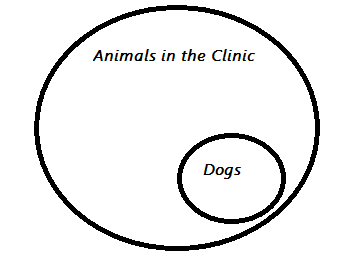What is an Observation in Statistics?

The term “observation” can have slightly different meanings, depending on where you’re using it.
General Meaning of Observation in Statistics
An observation in statistics is a value of something of interest you’re measuring or counting during a study or experiment: a person’s height, a bank account value at a certain point in time, or number of animals. “Observation unit” means the same thing in this context. For example, let’s say you are measuring how well your savings perform over the period of one year. You record one measurement (your bank account balance) every three months for a total of four observations:
- March = $564
- June = $576
- September = $587
- December = $599
Note that an “observation” doesn’t imply that you observed it. Somebody else might have measured it. Or it could be data you found in a dusty file and have no idea where it came from. Lets say you found one thousand files. Each file could be an observation, or each page within the file; a lot depends on you, and how you choose to break apart your data. Basically, a lot depends on what you’re looking for. Let’s say your files contain data from an 1800’s asylum, and you’re interested in the health of women in the asylum. The file covers would be of no use to you, so they obviously would not be “observations”, but what about the rest of the contents? You might choose to take each person’s file and classify that as an experimental unit. However, if you’re only interested in the rate of, say, syphilis, then you might only take each syphilis case.
Notation for experimental units
An observation in statistics usually denoted by the letter X. Each of these observational units (X) represents data from a single observation.
In Research
Empirical research is where you conduct “hands on” experimentation. In other words, you get your results from actual experience rather than from a theory or belief. In this context, “observation” is what you do—you observe things happening. For example, an Observational Study is where the researcher observes participants without any kind of interference.
Observation can also, in a very narrow sense, apply to the actual observer. For example, observation bias happens when key information is either collected, interpreted or measured inaccurately. According to Johns Hopkins, it’s when:
“…information is collected differently between two groups, leading to an error in the conclusion of the association.”
This broad category contains Observer Bias, which happens when a researcher is aware of a disease or exposure status.
References
Kanchanaraksa, S. (2008). Bias and Confounding. Johns Hopkins Bloomberg School of Public Health. Retrieved June 7, 2018 from: http://ocw.jhsph.edu/courses/fundepiii/pdfs/lecture18.pdf